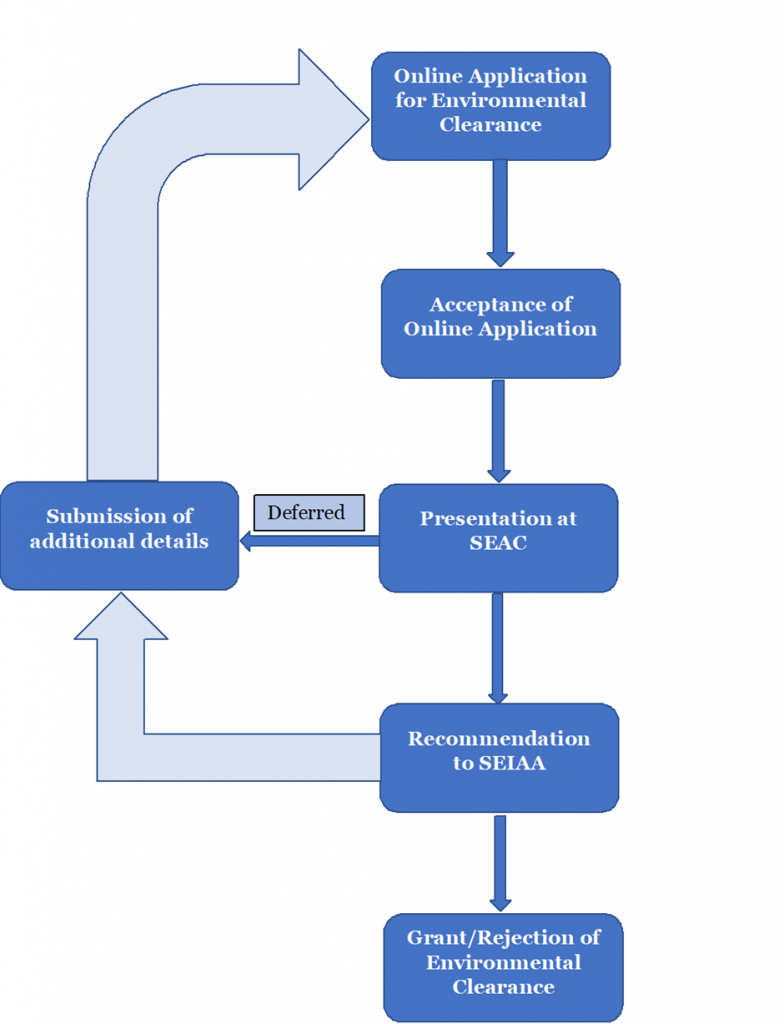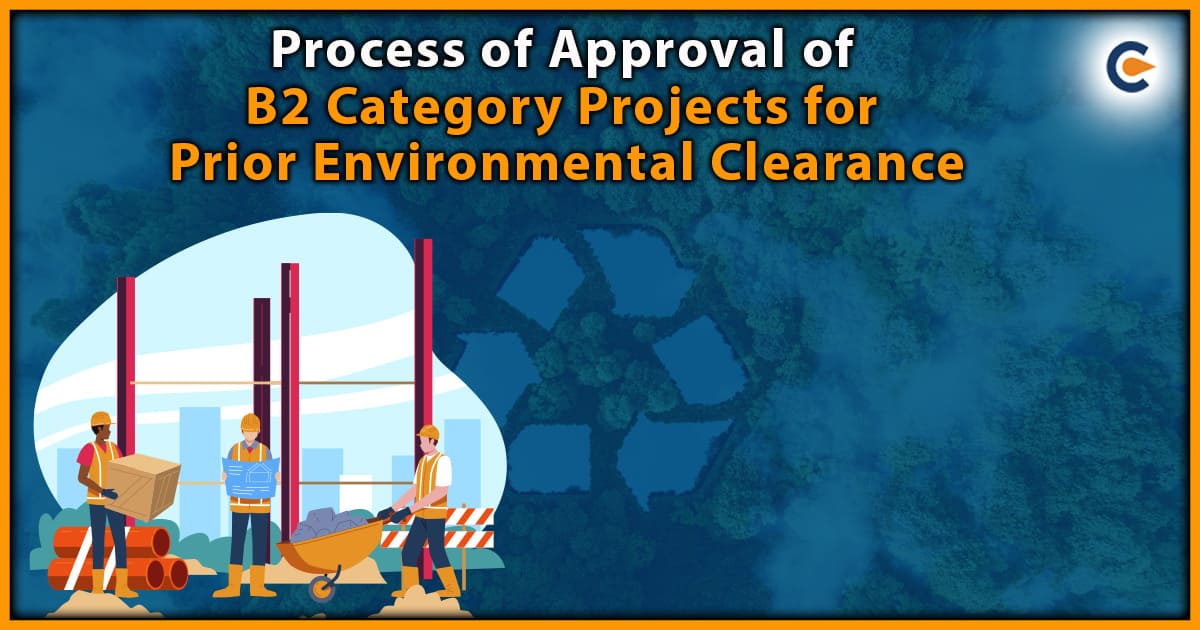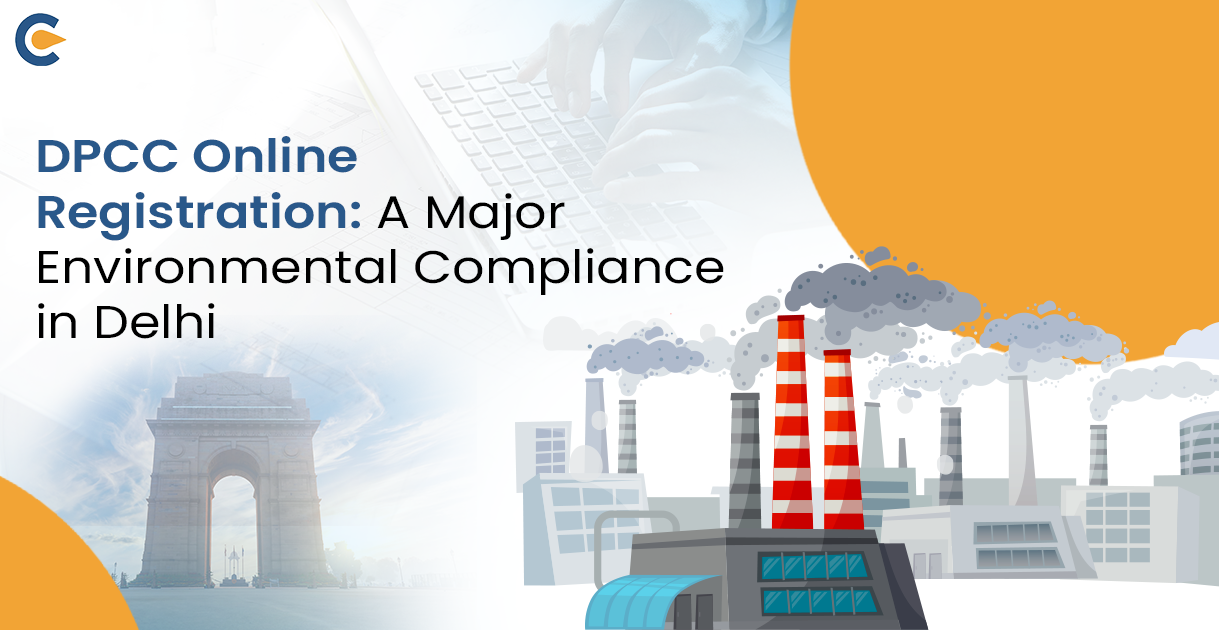An Environmental Impact Assessment (EIA) is a comprehensive evaluation of a proposed project’s potential environmental effects, considering crucial aspects such as socioeconomic, cultural, and human health factors. The EIA is vital in ensuring the sustainable utilisation of natural resources for long-term development. According to the EIA Notification 2006, projects are categorised as Category A or B based on their size and impact on natural and artificial resources. The approval of B2 category projects is given as per the Environment (Protection) Act 1986, the umbrella legislation providing the legal framework for environmental impact assessment procedures in India.
Projects Falling Under the B2 Category Projects
Category B2 comprises projects that do not require Scoping and Public consultation. It includes the following project types:
- Thermal power plants with capacities up to 5 MW using coal/lignite/naphtha or gas.
- Mineral beneficiation activities listed in Category ‘B’ of the Schedule involve physical beneficiation with a throughput of 90,000 TPA.
- Non-toxic secondary metallurgical processing industries operating furnaces only (e.g., induction and electric arc furnaces, submerged arc furnaces, cupola) with capacities > 30,000 TPA but < 60,000 TPA, located within notified Industrial Estates.
- Stand-alone grinding units listed in Category ‘B’ of the Schedule, with transportation primarily conducted through Railways for raw material and finished products.
- Chlor Alkali plants with production capacity <300 TPD (located within notified industrial areas) are listed in Category ‘B’.
- New or expansion projects of leather production without tanning, located within notified industrial areas/estates, listed in Category ‘B’.
- Single Super Phosphate (SSP) plants engaged solely in the granulation of SSP powder.
- Manmade fibre manufacturing units produce fibres from granules or chips.
- Aerial Ropeway projects are listed in Category ‘B’ of the Schedule.
- Mining of minor minerals within lease areas less than 25 hectares.
Distinction between B1 and B2 Projects
The main distinctions between B1 and B2 projects can be summarised as follows:
- B2 projects do not necessitate scoping, meaning they do not require the issuance of Terms of Reference (TOR).
- Public consultation and Environmental Impact Assessment (EIA) may not be mandatory for B2 projects.
- B2 projects related to minor minerals (5-hectare area or less) are handled at the district/state level.
Procedure for Environmental Clearance for B2 Category Projects
The process of Environmental Clearance for Approval of B2 category projects is as follows:
- Application form (Form 1) – The project proponent has to submit the application form along with the registration of the project.
- SEIAA/EC – State Environment Impact Assessment Authority will then review the document and application form and give its response.
- Presentation to SEAC/EAC – The reports/ findings are then reviewed by the Expert Appraisal Committee and the State Expert Appraisal Committee. Based on the review the SEAC/EC give its recommendation for EC or rejects the application.
- Issuance of EC – The State Environment Impact Assessment Authority or Ministry of Environment, Forest and Climate Change issues the Environment clearance report or in case of rejection of approval issues the rejection letter.
A diagrammatic flow chart for the Approval B2 Projects is provided below:


Regulations for the Approval of B2 Category Projects
The regulations governing the Approval of B2 category projects are as follows:
Water Pollution:
- The Water Act, 1974
- The River Boards Act, 1956
- The Water Cess Act, 1977
Air Pollution:
- The Indian Boilers Act, 1923
- The Industries (Development and Regulation) Act, 1951
- The Air Act, 1981
- The Mines and Minerals (Regulations and Development) Act, 1951
Environment:
- The Environment (Protection) Act, 1986
- The Coastal Zone Regulation Rules, 1991
- The Environment Clearance Rules, 1997
- The Bio-Medical Waste Rules, 1998
- Plastic Manufacture, Sale & Usage Rules, 1999 (as amended in 2003)
- The Noise Pollution (Regulation and Control) Rules, 2000
- The Ozone Depleting Substances (Regulation and Control) Rules, 2000
Others:
- The Indian Fisheries Act, 1997
- The Indian Forest Act, 1927
- The Ancient Monuments and Archaeological Sites & Remains Act, 1958
- The Wildlife (Protection) Act, 1972
Conclusion
Obtaining approval for B2 category projects in environmental clearance is essential in ensuring compliance with environmental regulations, promoting sustainable development, and gaining social acceptance. The approval process involves a thorough assessment, public consultation, and implementation of mitigation measures, leading to responsible and environmentally conscious project implementation. By obtaining approval for B2 projects, we can strike a balance between development and environmental protection, contributing to a more sustainable future. It is recommended to seek expert consultation to check the eligibility criteria of your project for Environmental Clearance and to comply with all the applicable rules and legal regulations in order to avoid the penalty due to non-compliance.
FAQ
Which Authority Is Responsible For Granting Clearance To Category B2 Projects?
The State Government provides clearance for Category B2 projects after their categorisation by the SEAC as either B1 or B2.
What Does The B2 Category Signify In Terms Of Environmental Clearance?
The B2 category includes various projects such as offshore and onshore oil and gas exploration, shale exploration, hydroelectric projects up to 25 MW, irrigation projects with command areas between 2,000 and 10,000 hectares, MSMEs in dye and dye intermediates, bulk drugs, synthetic rubbers, medium-sized paint units, inland waterway projects, highway expansion or widening between 25 km and 100 km with specific criteria, aerial ropeways in ecologically sensitive areas, and certain building construction and area development projects.
What Are Category A And Category B Projects In Terms Of EIA?
Category A projects require mandatory environmental clearance and are exempted from the screening process. Category B projects undergo the screening process and are further classified into two types: Category B1 projects, which mandatorily require an Environmental Impact Assessment (EIA), and Category B2 projects, which do not require Public Consultation and ToR (Terms of Reference).
What Are The Main Distinctions Between B1 And B2 Projects?
The main distinctions between B1 and B2 projects can be summarised as follows.
- B2 projects do not necessitate scoping, meaning they do not require the issuance of Terms of Reference (TOR).
- Public consultation and Environmental Impact Assessment (EIA) may not be mandatory for B2 projects.
- B2 projects related to minor minerals are handled at the district level.
What Is The Importance Of Approval Of B2 Category Projects For Environmental Clearance?
Obtaining approval for B2 projects in environmental clearance ensures compliance with relevant environmental regulations and guidelines. Environmental clearance for B2 projects promotes sustainable development by ensuring that projects are carried out environmentally. It encourages the adoption of mitigation measures, efficient resource utilisation, and the preservation of ecosystems, leading to a balance between development and environmental protection.
Read Our Article: Overview Of Category A And B Projects In EIA











